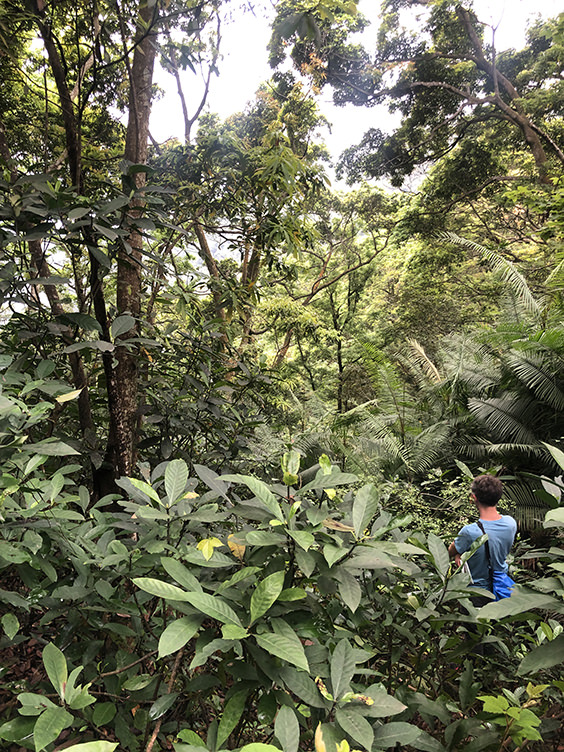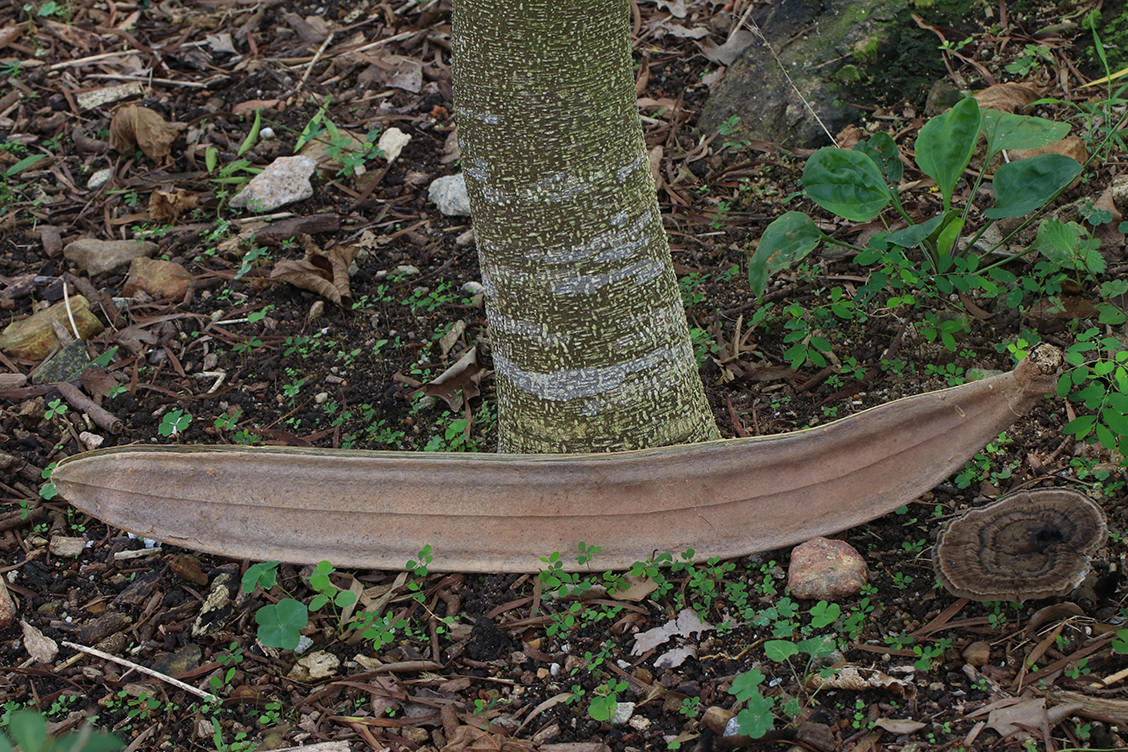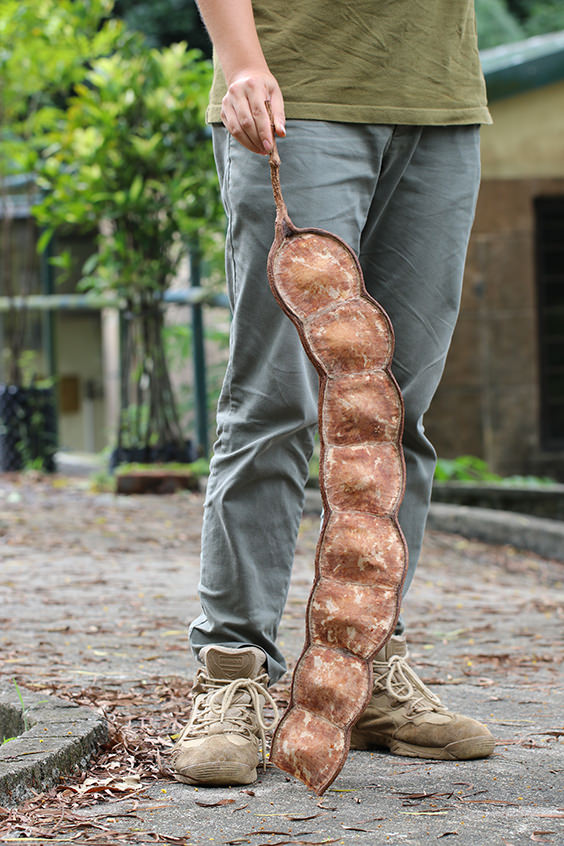

Field surveys are the foundation of Flora Conservation Department’s ecological restoration and ex situ conservation work. Under the collection permits issued to KFBG by the Agricultural, Fishery and Conservation Department (AFCD) of Hong Kong SAR Government each year, our field botanists are granted permission to source seeds and propagules (such as cuttings) from wild plants across Hong Kong for propagation in our nurseries.
With more than 2200 plant species occurring naturally in Hong Kong, and an aim to sample a breadth of genetic diversity within each target species, we have our work cut out to search for particular species and sample across the territory. Our fieldwork therefore takes place all year round, with the peak seed collecting season usually running from October to January. The huge diversity of native plants is matched by the diversity of their fruits, which range from the enormous woody pods of the sea bean, Entada phaseolides, to gossamer winged samara of the midnight horror, Oroxylum indicum, and the minute dust-like seeds of orchids. Each species presents its own unique challenges for seed collection.
Field trips are scheduled based on knowledge gained from previous sightings and collection records. Imagine how satisfying it is to strike out into the field only to find your target species bursting with ripe fruits. Well, this is normally not the case! Timing is everything when it comes to seed collection – too early and the seeds will be insufficiently developed to germinate, too late and the seeds are likely to have been shed from the capsule or gobbled up by birds or macaques!




Since the weather has a great impact on flowering, pollinator behaviour and fruit development, the timing and quality of a seed crop can vary dramatically from year to year. The health of a mother plant also plays a large part in determining fruiting success – damage caused by insects, wild animals, diseases or catastrophic events like typhoons, can profoundly affect flowering and fruiting. With extreme weather events becoming more common, successful seed collection becomes more and more difficult to predict. Another challenge is that many rare species now have very restricted distributions and so reaching the few remaining individuals can require long and arduous hikes in uncomfortable weather. In some cases, our botanists may have to make several trips over several years for even the most meagre of harvests.
That said, fruit collection can be straightforward. A limited number of ripe or near-ripe fruit may be all that’s needed, and ideally these can be either picked up from the ground or plucked from low branches. For fruits positioned higher up in the canopy we may sometimes need to use pole pruners and, for those that are really out of reach from the ground, we may have to call in a professional tree climber or use trained staff equipped with ropes and harnesses. Each seed lot is assigned a unique number so that, after further processing in our nurseries, the provenance of the resulting plants can be traced.
Perhaps the most surprising thing about our fieldwork is that Hong Kong still holds so many secrets! Sadly, the true extent of the diversity of its original forests will never be known but, with continual exploration (often with invaluable assistance from dedicated amateur enthusiasts), each year the picture becomes more complete. In the last few years alone, many species that had never previously been known to occur in Hong Kong have been collected – including everything from ferns, herbaceous plants and orchids, to large conifers, oaks and even a showy Camellia!
